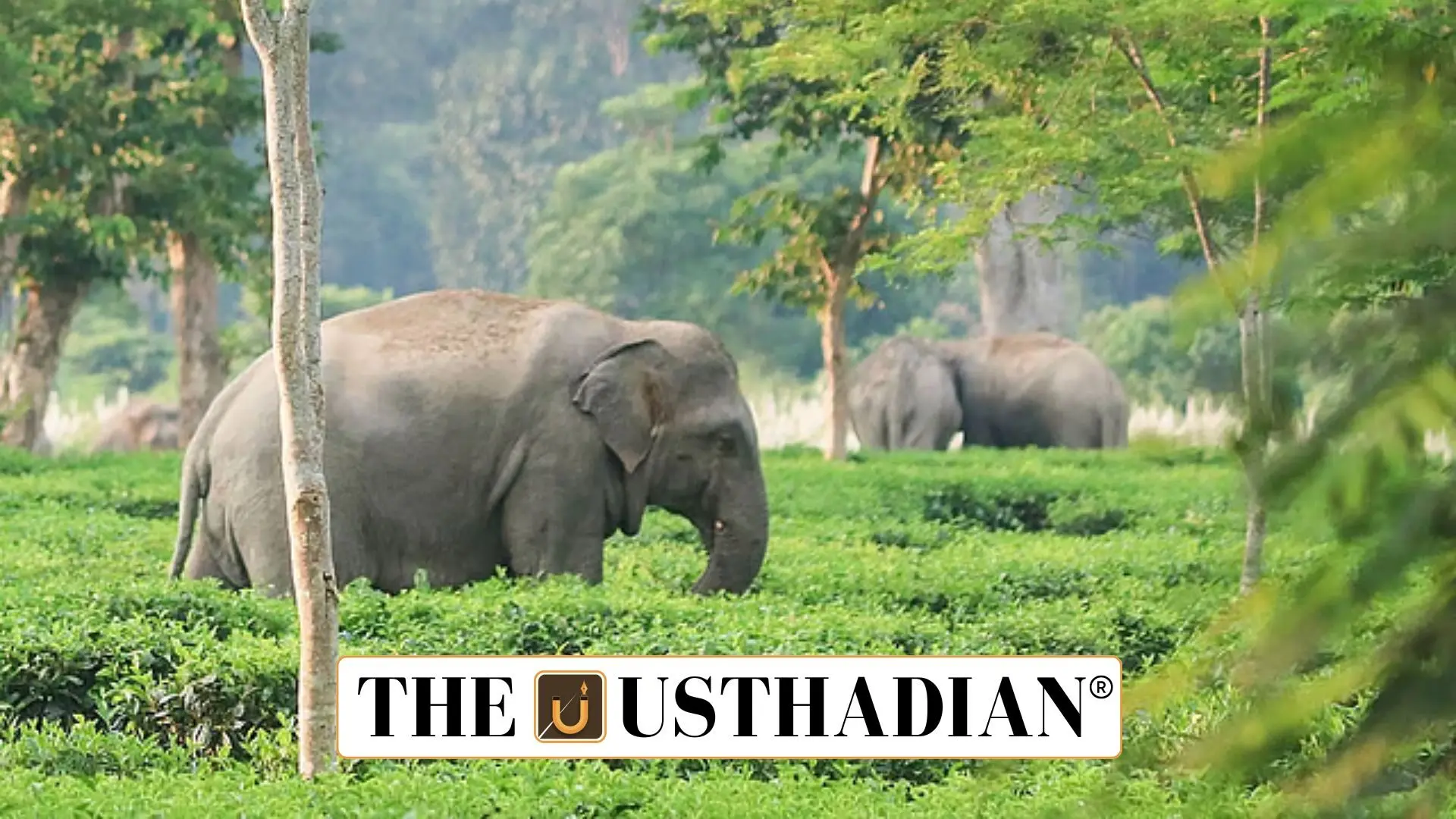A Targeted Response to Wildlife Conflict
Assam Rolls Out Gajah Mitra to Reduce Elephant Encounters: On July 11, 2025, the Assam government launched a new initiative titled Gajah Mitra, aimed at reducing the growing number of human-elephant confrontations in the state. The scheme focuses on 80 identified hotspots where such incidents are most frequent, with the goal of ensuring safety for both people and elephants.
The Scale of the Crisis
According to data from the Wildlife Institute of India, over 1,400 human lives and 1,209 elephants were lost in Assam between 2000 and 2023 due to direct encounters. A major cause of elephant deaths—626 cases—was electrocution, often from illegal electric fencing used to protect crops.
Static GK fact: Assam is one of the key elephant habitats in India, with a significant portion of the Eastern Himalayan elephant population residing in the state.
Key Measures Under the Scheme
The Gajah Mitra plan includes the cultivation of bamboo and Napier grass in buffer zones to provide elephants with food sources away from human settlements. These plants are known to attract elephants and are expected to reduce their movement into villages.
Additionally, rapid response teams will be deployed in sensitive areas to guide elephant herds away using non-lethal and eco-friendly methods.
Static GK Tip: Napier grass is widely used in conservation zones due to its fast growth and high palatability for herbivores like elephants.
Areas of Concern
Districts such as Nagaon, Sonitpur West, Dhanasiri, and Karbi Anglong East have reported the highest number of elephant deaths. The Goalpara district has emerged as the most severely affected, with hundreds of villages experiencing repeated incidents.
The loss of natural corridors and shrinking forest cover has forced elephants to enter farmlands, leading to destruction of crops and fatal encounters.
Building a Model for Coexistence
The scheme emphasizes community involvement, with local residents being trained to handle elephant movements without violence. The government also plans to restore elephant migration routes and improve habitat connectivity to reduce the frequency of such conflicts.
Static GK fact: The Kaziranga-Karbi Anglong Elephant Reserve is one of India’s largest and plays a crucial role in maintaining elephant populations in Assam.
Static Usthadian Current Affairs Table
Assam Rolls Out Gajah Mitra to Reduce Elephant Encounters:
| Topic | Detail |
| Scheme Name | Gajah Mitra |
| Launch Date | July 11, 2025 |
| State | Assam |
| Chief Minister | Himanta Biswa Sarma |
| Target Areas | 80 high-risk zones |
| Elephant Deaths (2000–2023) | 1,209 |
| Human Deaths (2000–2023) | 1,400+ |
| Key Districts Affected | Goalpara, Nagaon, Sonitpur West, Karbi Anglong East |
| Implementing Body | Assam Forest Department |
| Key Measures | Bamboo & Napier grass plantation, rapid response teams |








